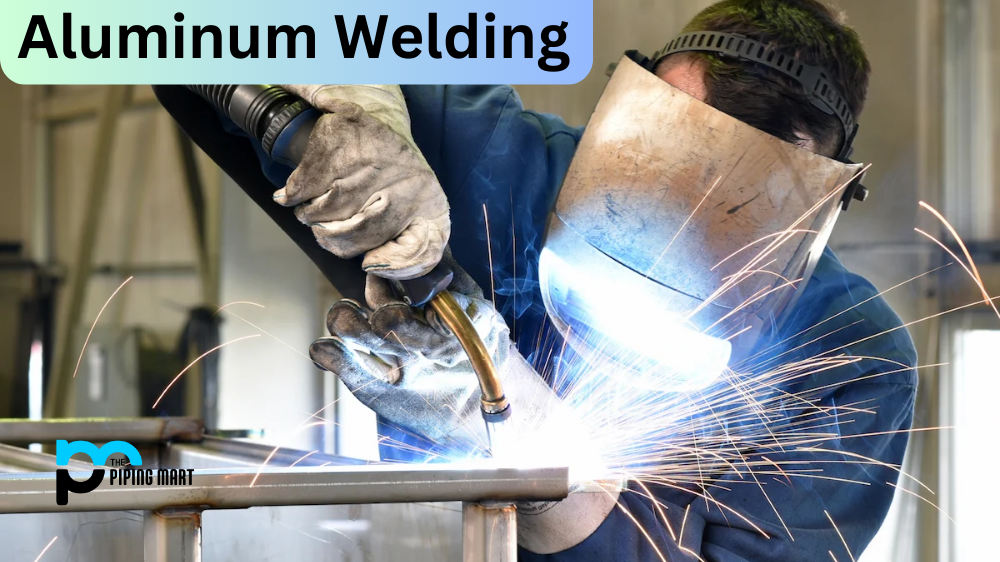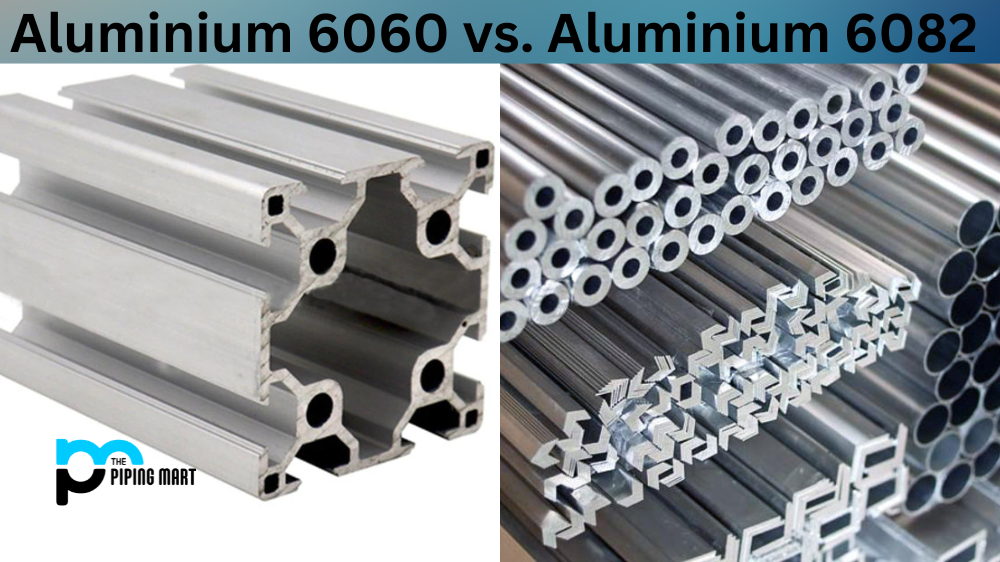Regarding materials used in engineering, carbon fiber and aluminum are two of the most popular choices. But which one is better? The properties of these two materials vary greatly, so it’s important to understand their differences before deciding. In this blog post, we’ll compare the most important characteristics of carbon fiber and aluminum, such as strength, cost, density, conductivity, and heat conductivity.
Strength
When it comes to strength, aluminum is the clear winner. It has a much higher tensile strength than carbon fibre. Its tensile strength is three times greater! However, carbon fiber has superior compressive strength compared to aluminium.
Cost
Aluminum is generally the more affordable choice when it comes to material costs. This makes sense, considering that it is much easier to manufacture than carbon fiber; however, its price can be higher in specific applications requiring increased strength and rigidity.
Density
Aluminium has a lower density than carbon fiber—around 2.7g/cm3 compared with 1.5g/cm3 for carbon fiber—so it will provide lighter components with less weight.
Conductivity
Carbon fiber has almost no electrical conductivity, while aluminum is an excellent conductor of electricity due to its high electrical resistivity (which means it resists the flow of electricity).
Heat Conductivity
Aluminium has superior heat conductivity compared to carbon fiber; this means that heat will travel more quickly through an aluminium component than through an element made from carbon fiber. This property makes aluminum ideal for applications where heat needs to be rapidly dissipated.
Strength
While both materials offer excellent strength capabilities—aluminum being stronger by far—it’s important to remember that stiffness and weight are factors that should be considered when deciding which material best suits your application requirements.
Conclusion:
Both aluminium and carbon fiber have advantages and disadvantages when used in engineering applications; understanding their key properties can help you make the right decision for your project or product needs. Aluminium offers greater tensile strength and affordability, while carbon fibre provides superior compressive strength and lightweight component with less weight. Ultimately, choosing these two materials depends on your specific design requirements and budget constraints; however, this blog post should give you a good starting point when comparing these two materials side by side.
Meet Heer, a dynamic and driven writer learning tricks of her trade in the metal industry. With a background in Digital Marketing, Heer brings a unique perspective to her writing, sharing valuable insights. Apart from blogging she like reading and hiking.




